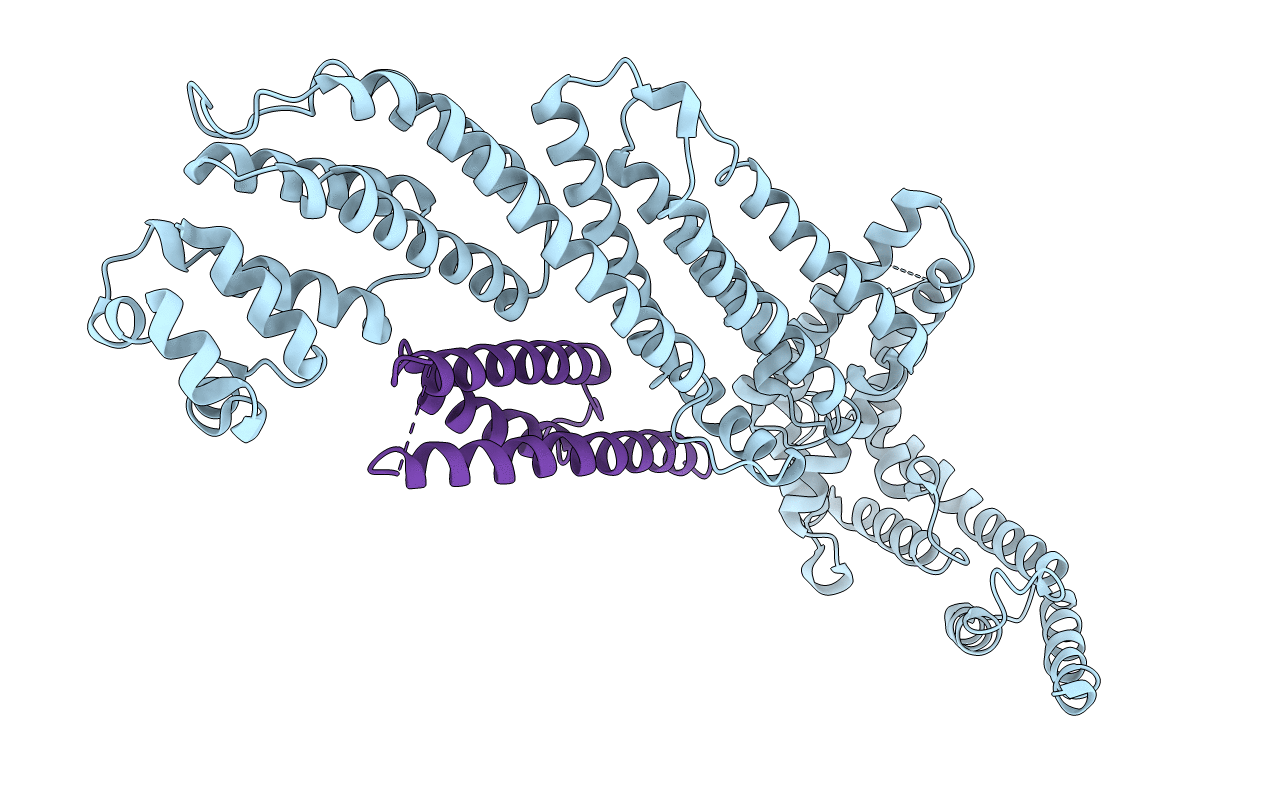
Deposition Date
2020-03-29
Release Date
2020-05-27
Last Version Date
2023-10-18
Entry Detail
PDB ID:
6WC3
Keywords:
Title:
Crystal structure of the SNARE Sec20 bound to Dsl1 complex subunit Tip20
Biological Source:
Source Organism:
Host Organism:
Method Details:
Experimental Method:
Resolution:
3.20 Å
R-Value Free:
0.24
R-Value Work:
0.21
R-Value Observed:
0.21
Space Group:
P 62 2 2


